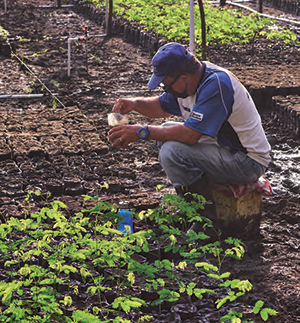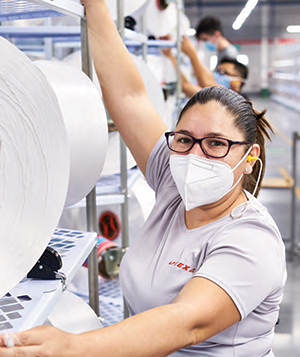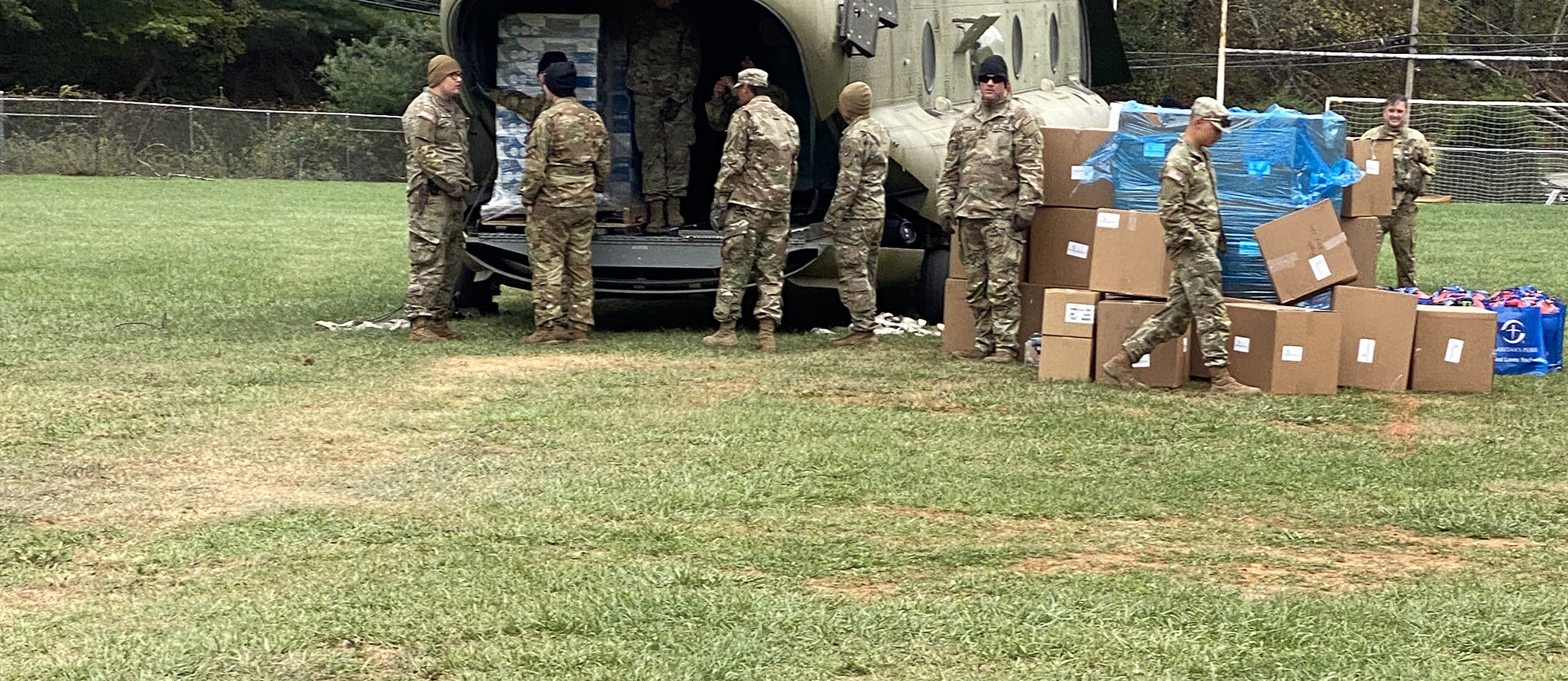It’s hard to believe that it was just a year ago that we told you about taking our first step on SanMar’s climate commitment, with the eventual goal of setting a science-based target for reducing carbon emissions.
Our commitment was step one, and since then we’ve completed steps two and three – developing our target, gathering data from across the company and determining what we could do, and submitting our goal to the Science-Based Targets initiative for them to review and approve.

We’re very excited to communicate the substance of that goal to you once we get to step four of the process. In the meantime, we’d like to give you some insight into how we arrived at the goal we developed, with an eye toward how you can use this information to start developing goals of your own.
Scoping Out the Data
It’s important to remember that greenhouse gas (GHG) emissions aren’t all the same. The GHG Protocol provides widely-used tools and standards for measuring climate-changing emissions, which they group into three categories.

Scope 1 is defined as direct emissions from sources owned or controlled by a company. For SanMar, this includes emissions from fuels we use to power our facilities such as natural gas, propane and gasoline.
Scope 2 emissions are indirect, coming from energy we buy which creates emissions earlier in the value chain. One example of this is the electricity we use to power our facilities.
Scope 3 emissions come from 17 different subcategories of activities. This includes sources that apply to our business such as travel and transportation, operational waste, leased assets, and purchased goods and services.
One way to look at these is that Scope 1 and 2 emissions fall within our company’s organizational boundary, while Scope 3 emissions are largely controlled by other companies we work with. Since this also includes purchased goods, SanMar figures into the equation as a Scope 3 emission source for our customers.
It’s tempting to focus on one of these and reduce them one at a time, but the truth is that each category is important in its own way and they are all interconnected – not just in our business but also how it affects that of our customers.
Connecting the Dots
While we’ve been working behind the scenes with departments from across SanMar to put all this information together, we have also sought an outside perspective on the numbers from SCS Consulting to help us create a meaningful target.

Companies across many different industries are taking similar looks at how they can do better, from coffeemaker Starbucks’ commitment to eliminate the use of single-use cups to Google’s parent company, Alphabet, pledging 100% carbon-free energy by 2030. Closer to our own industry, Nike’s Move to Zero initiative reflects their commitment to reduce carbon emissions across every aspect of their supply chain.
The Intergovernmental Panel on Climate Change (IPCC) has also been busy putting its 2022 Assessment Report together, measuring the impact of climate change and the vulnerabilities we face as we adapt to it. This is a valuable resource to use going forward as we address the part we play in the big picture and how we can help our customers also face these issues.
The Science Based Targets initiative has set a goal of a 1.5°C future: “To avoid the most significant effects of climate breakdown, we must halve greenhouse gas emissions before 2030, achieve net-zero emissions before 2050 and halt global temperature rise to 1.5°C.”
These are some of the wider factors we kept in mind as we set our own goal, before we submitted it to the Science-Based Targets initiative for their review.
Taking the Next Steps

We’re currently waiting for the decision on that goal, but we’re not sitting idly by in the meantime. The work to prepare SanMar to meet our goal continues while we wait, so that we can hit the ground running in terms of the actions we can take to achieve the goal once it’s approved.
We recognize that as an industry supplier, the goal we set to reduce emissions has a direct effect on our business as well as a downstream effect on the customers who use our products. That makes the next step in the process – communication – just as critical as the steps we’ve taken so far, and we are excited to tell you more about our goal and how we plan to achieve it once our goal is approved.
We engaged in this process a year ago to improve how we do business for the benefit of everyone we work with, from those who make the product we sell to those who wear it. While the work continues, we hold to our belief that the only way we can make our world better is by doing it together.





